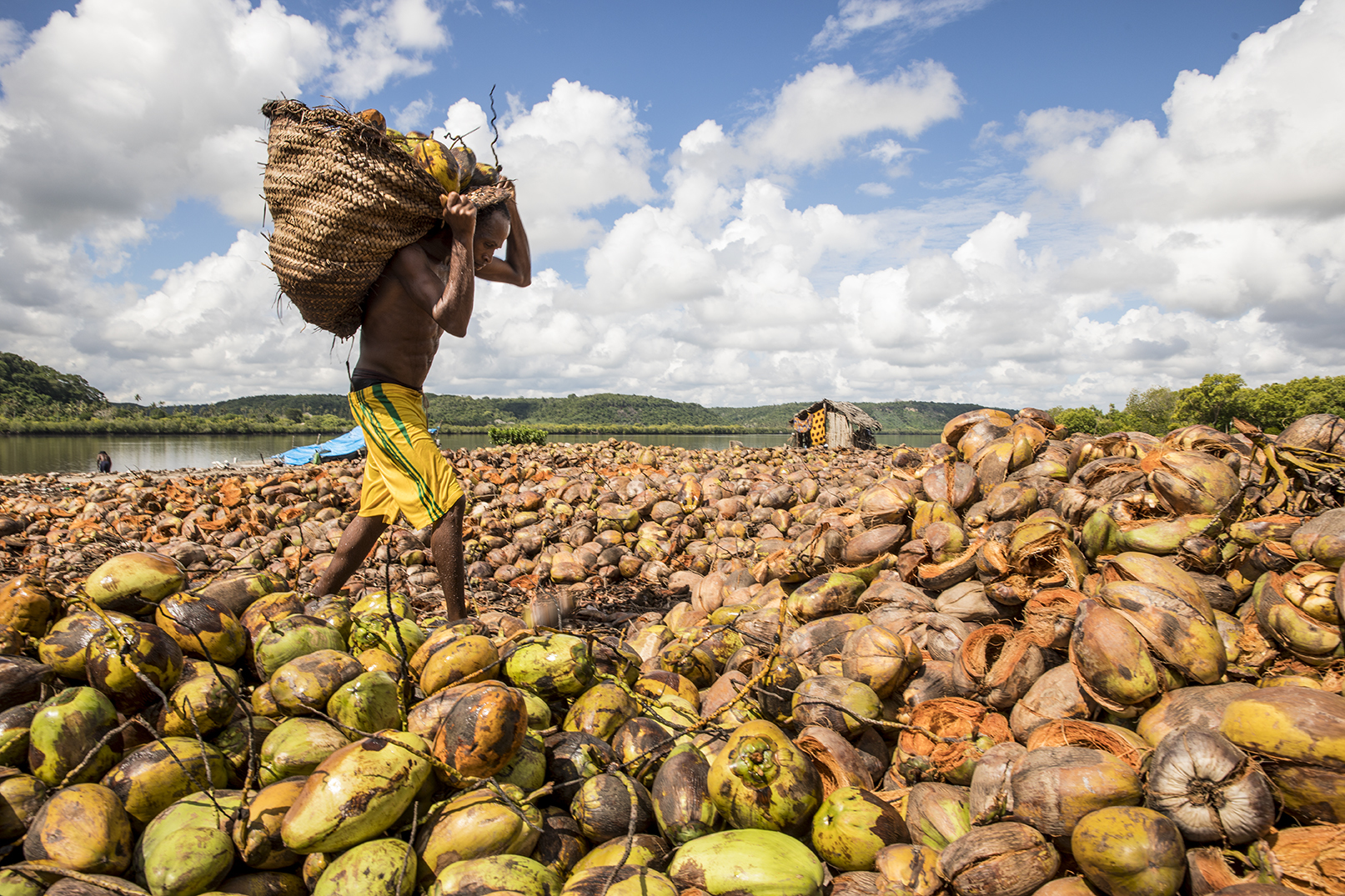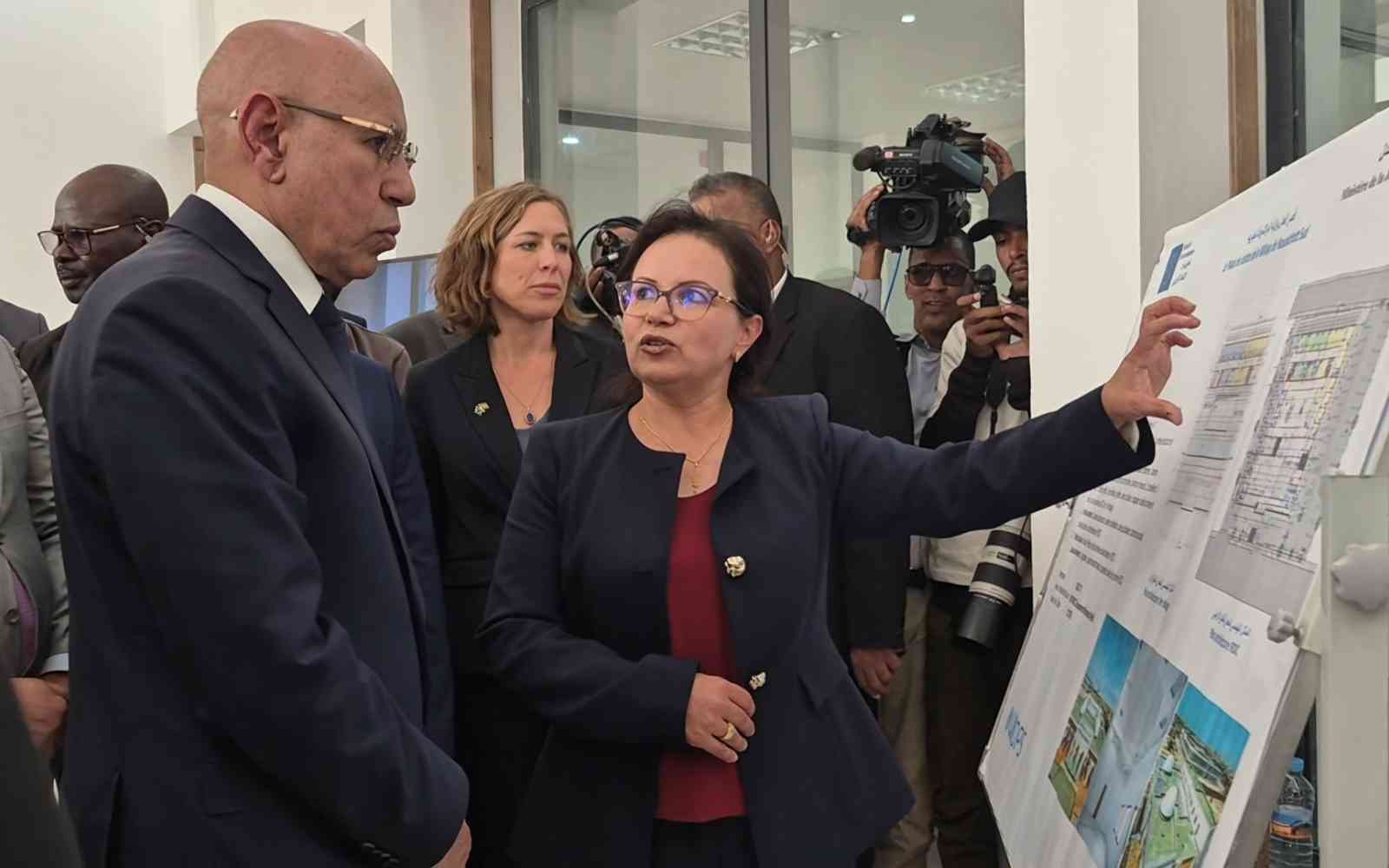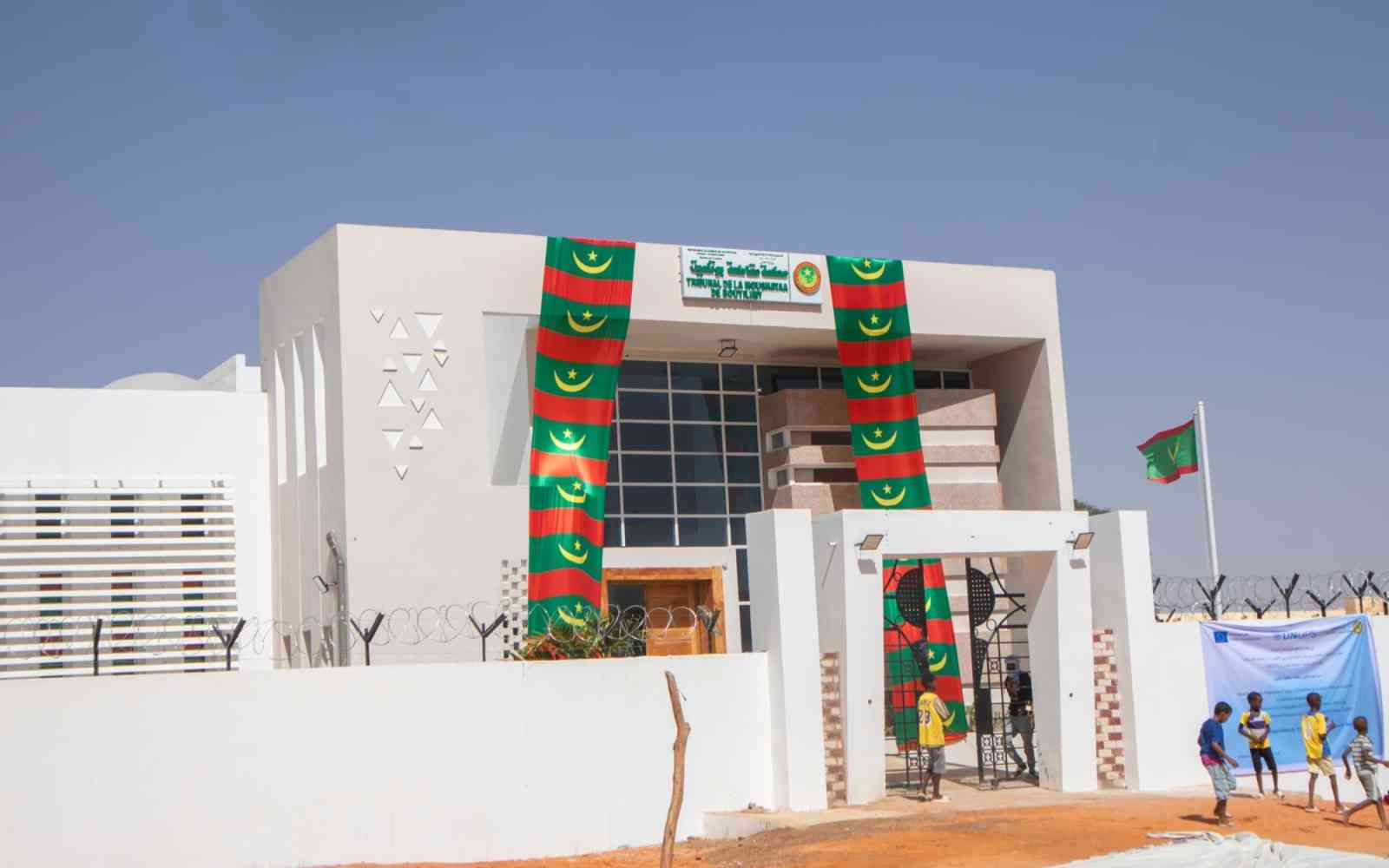The United Nations Office for Project Services (UNOPS)

One of the biggest challenges of our time
It is a well known fact that greenhouse gas emissions are at unprecedented highs. The environment is responding and we are experiencing more extreme and unpredictable weather events. Rising sea levels…catastrophic flooding…earthquakes...the list is seemingly endless. Recently we explored how some Tanzanians experience climate change.
The climate in Tanzania
The largest country in East Africa, Tanzania lies just south of the equator. It is bordered by the Indian Ocean on its east and eight countries to its north, west and south. A narrow coastal belt leads to an extensive plateau that sits at 900 – 1,800 meters above sea level.
The north and east of Tanzania experience ‘short’ rains from October to December and ‘long’ rains from March to May. The southern, western and central parts of the country experience one wet season that continues from October through to April or May.
Historical data shows that climate change has made rainfall patterns unpredictable. It has already contributed to increased temperatures, which leads to rising sea levels. Predictive models suggest that without major investments in resilience and adaptation, an annual average of 800,000 Tanzanians stand to be impacted by flooding caused by rising sea levels between 2070 and 2100.
The women, men and children of Tanzania, who have built their lives along the country’s 1,400 kilometers of coastline, already feel the impacts of rising sea levels every day, irrespective of socio-economic status.

The third degree
Without significant action, it is estimated that the temperature of the world’s surface area will rise by 3 degrees celsius this century. While we work hard to prevent this from happening, we must make ourselves resilient to the impacts of climate change. The longer we wait the more challenging and costly that task will be.
Here are some of their stories:
About the project
UNOPS is working with the Government of Tanzania to help increase the resilience of coastal areas against the impacts of climate change and rising sea levels. In partnership with UN Environment, through a project funded by the Adaptation Fund, Global Environment Facility and the Government of Tanzania, over 2,400 meters of sea defence walls were constructed in seven sites along Tanzania’s coast. Solar street lights have also been installed along the seawalls. These activities allow communities and people living in informal settlements in low-lying areas to continue their income-generating activities.
This is a project that senior government officials and politicians care a lot about and follow closely. People drive and walk near the water. Many people have their houses close to the water so high tides and flooding create threatening kind of conditions. The walls help reduce that threat.













